I don’t know what this plant is, and PlantNet doesn’t either, so I don’t feel so bad. I suspect one of the biologists who follow Cedar Creek Nature Notes will. I love the pink and green. I think it is so beautiful.
Pink and green have multiple symbolic meanings, including:
Color scheme: When combined, pink and green can create a harmonious and eye-catching color scheme. They are opposing shades on the color wheel, and can bring balance and harmony. Green can provide a sense of wellness and reassurance, while pink can provide calm.
Nature: Green is associated with nature, growth, and renewal.
Femininity: Pink is associated with femininity, love, and romance.
Heart chakra: In the heart chakra, pink corresponds with self-love, while green corresponds with universal love.
Garden: Pink and green is a color pairing that blends well with natural surroundings and can create a vibrant space in a garden.
Science has an explanation for why some leaves appear pink and green in the fall:
Leaves appear pink and green in the fall because while the chlorophyll (green pigment) is breaking down in the leaf, another pigment called anthocyanin, which creates pink hues, is being produced, resulting in a mixed color appearance as the green fades and the pink becomes more visible; this is most noticeable in certain tree species, especially when conditions like cool nights and sunny days are present.
The science behind the changing of colors is as beautiful as the leaves themselves.
Check out this beautiful “Wooly Bear.”
I’m not sure if I have ever seen one this color before:
One night I went out about 3 am and saw someone looking at me. Maybe it is totally my imagination, but you can see the reflection in the eyes of two animals in the above video.
It was too short to be a dear, and too tall to be a possum or a raccoon. What do you think it is?
Also, I hear this sound regularly at home after dark. Does anyone know what it is?
I found this eastern mole dead on the path.
The eastern mole or common mole (Scalopus aquaticus) is a medium-sized North American mole. It is the only species in the genus Scalopus. It is found in forested and open areas with moist sandy soils in northern Mexico, the eastern United States and the southwestern corner of Ontario in Canada.
The eastern mole has grey-brown fur with silver-grey underparts, a pointed nose and a short tail. It is about 16 centimeters (6.3 in) in length including a 3 centimeters (1.2 in) long tail and weighs about 75 grams (2.6 oz). Its front paws are broad and spade-shaped, specialized for digging. It has 36 teeth. Its eyes are covered by fur and its ears are not visible.
The eastern mole spends most of its time underground, foraging in shallow burrows for earthworms, grubs, beetles, insect larvae and some plant matter. It is active year-round. It is mainly solitary except during mating in early spring. The female has a litter of two to five young in a deep burrow.
I’m not sure what killed the mole. I didn’t see any injuries.
The posts in the parking lot needed to be replaced, and one day I saw the Rangers hard at work and caught this video
Of course, Violet the Dog had to inspect the new fence.
Regular readers know that I “curate” found items on one of the posts at the entrance to Cedar Bluffs. I found the red item above maybe a week ago. I believe it is the bottom to a nice thermos. Someone else put the piece of jewelry to the left. I found the “Smarties” candy and the dog leash this week.
And now I know that:
Smarties Candy Company is a sweet family business. On January 10, 1949, Edward Dee brought his family from England to New Jersey. Equipped with only two machines in a rented facility, he succeeded in founding Ce De Candy, Inc., makers of Smarties, America’s favorite candy wafer roll. The company is now led by the founder’s grand daughters, Co-Presidents Sarah Dee, Jessica Dee Sawyer and Liz Dee.
And that:
Smarties are made 24 hours a day in two candy factories located in Union, New Jersey and Newmarket, Ontario. The company produces billions of Smarties rolls each year.
Thanks for reading! Here are three of my favorite nature Substacks: My friend Larry Stone’s “Listening to the Land,” Diane Porter’s My Gaia, and Al Batt’s Al’s Substack. Please consider subscribing. All three will entertain, educate, and soothe your soul.
I’m a member of the Iowa Writers Collaborative. Please sample the talents of my fellow collaborative members. If you can afford to be a paid subscriber, that would be great. If not, the vast majority of content is free.
This column will always be free, but if you can’t afford a subscription and would like to “buy me” a cup of coffee or lunch, my Venmo account is @Robert-Leonard-238. Thanks!

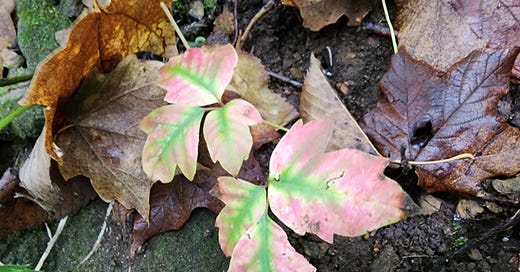



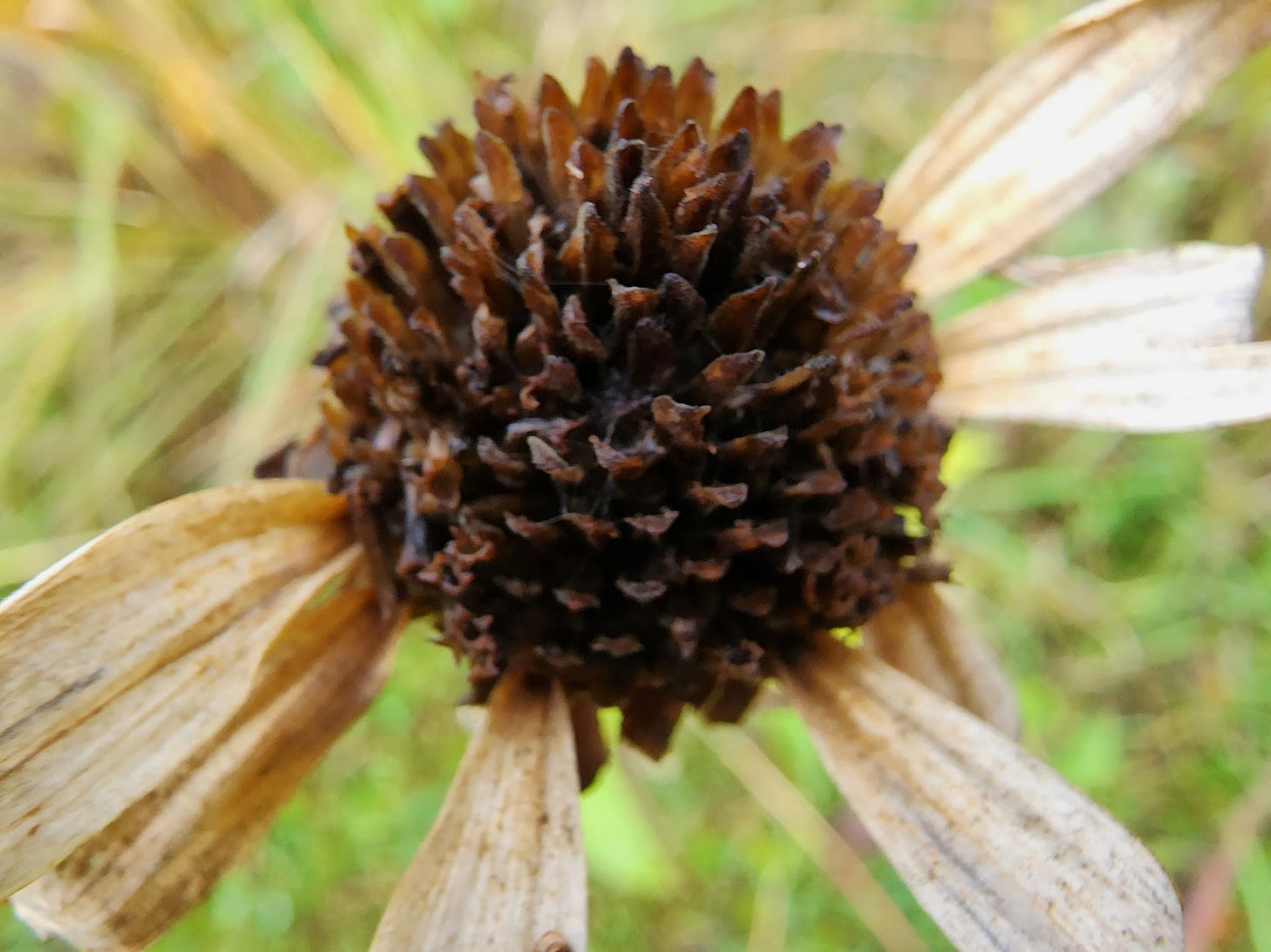
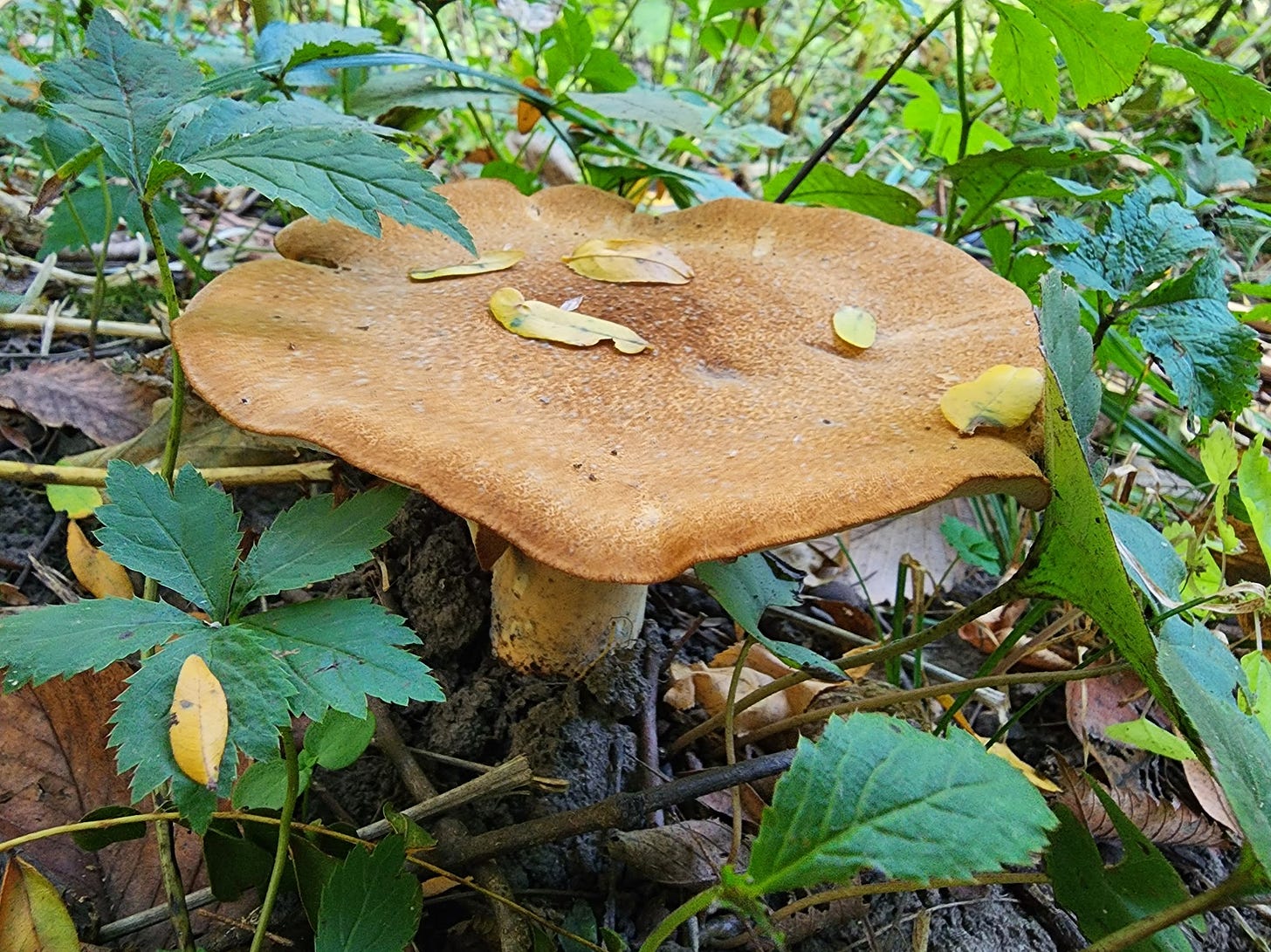
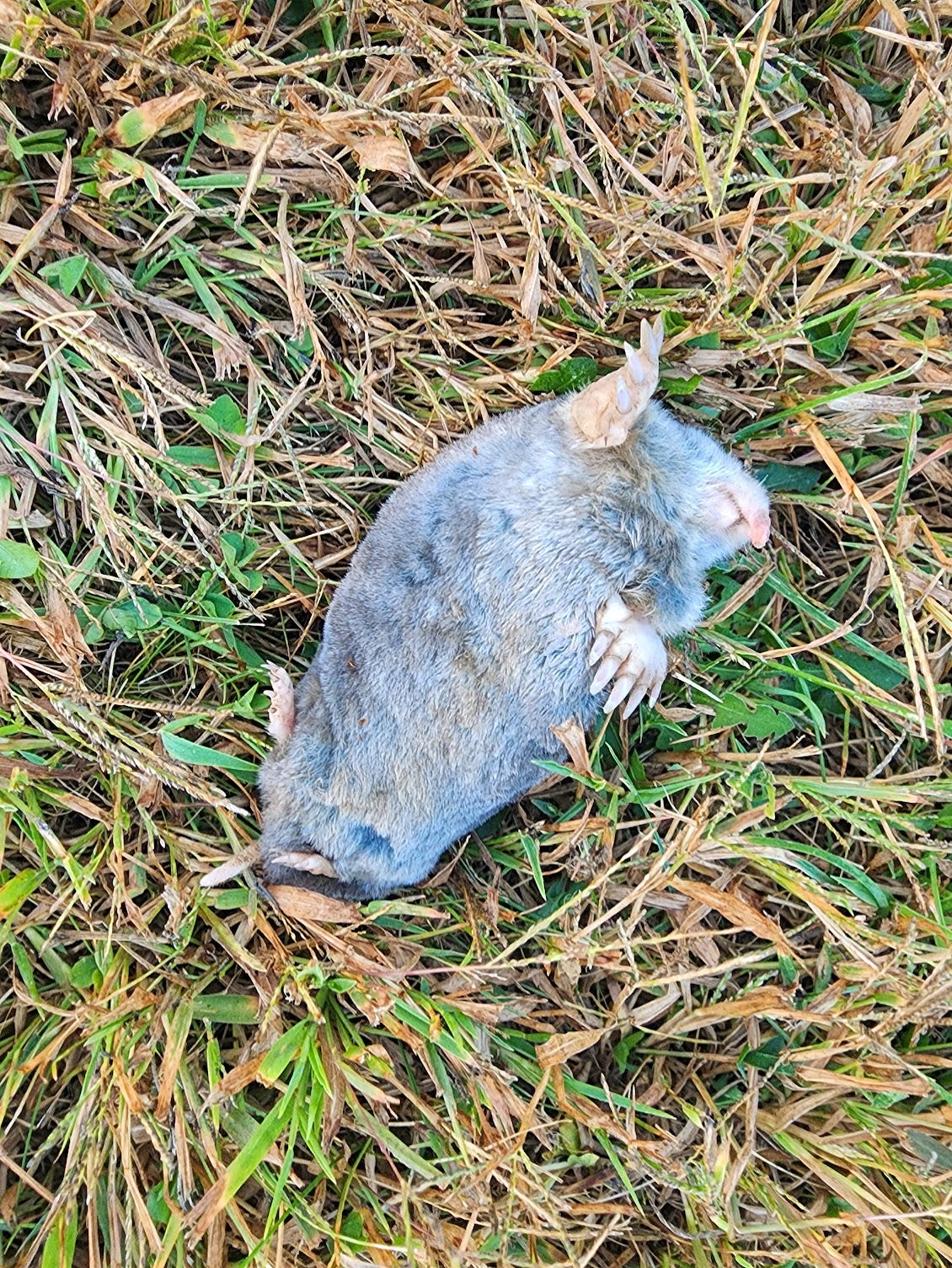



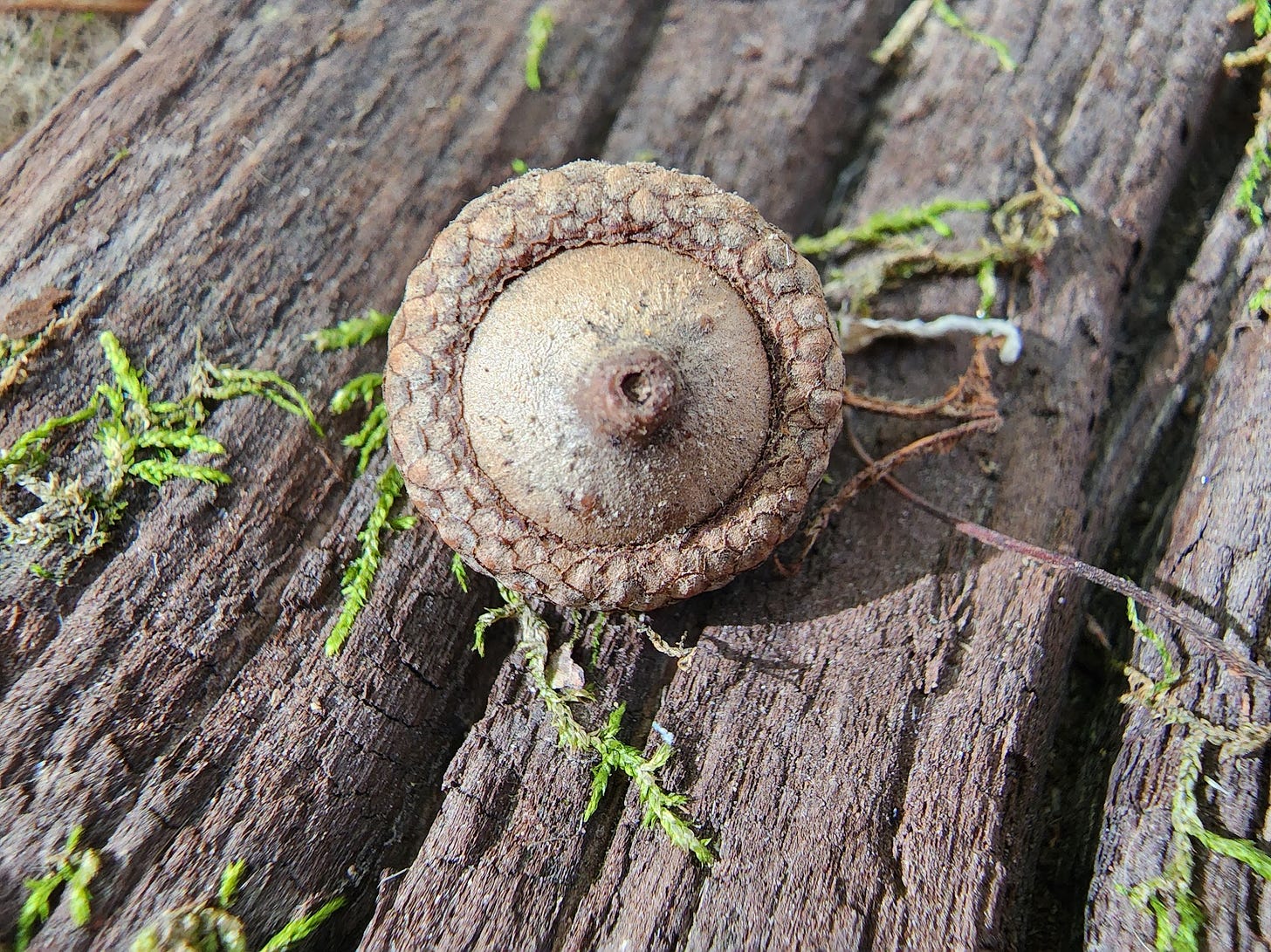
Always enjoy your observations, Bob! And your enthusiasm for and curiosity about our natural world. But I sure hope you didn't touch the pink & green poison ivy!
Could the mysterious eyes have been a deer? There still are some very small fawns.
As for your sound, I'd guess juvenile owls. Great horned or Barn Owls, maybe?
https://www.allaboutbirds.org/guide/Great_Horned_Owl/sounds
https://www.allaboutbirds.org/guide/Barn_Owl/sounds